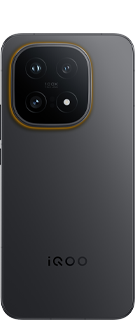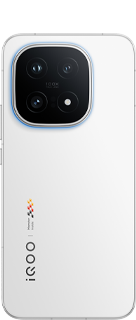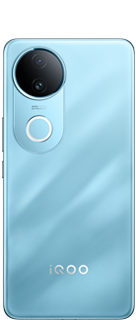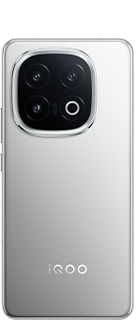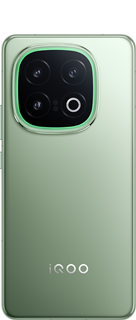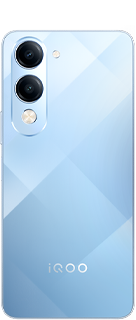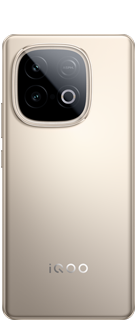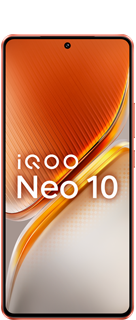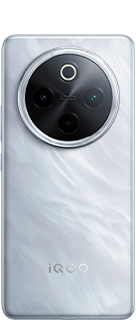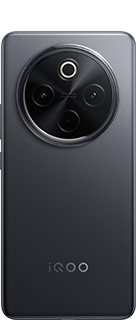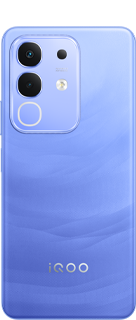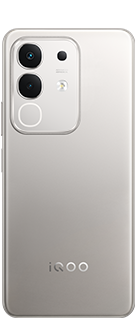Fingerprint Sensors: A Comprehensive Guide
Greetings, fellow adventurers!
Today, I'll delve into the intricate workings of various fingerprint sensors, each with its unique mechanisms. While the fundamentals remain similar, nuances distinguish one brand's sensor from another. Let's embark on this journey together.

Even with our strongest efforts, locks can still be picked and passwords hacked. However, the solution might be found in biometrics. Once a staple of science fiction, fingerprint scanning technology is now ubiquitous, found in devices ranging from secure buildings to ATMs and high-end Chromebooks.
There are three main types of fingerprint scanners: optical, capacitive, and ultrasonic. Let's explore how these technologies work and why they are widely preferred today.
Optical Finger Print Sensor
Optical fingerprint scanners represent one of the earliest technologies for detecting fingerprints. These scanners utilize visible light and an image capture device to accurately record fingerprints. They work by taking a photo of the fingerprint and converting it into a digital format.
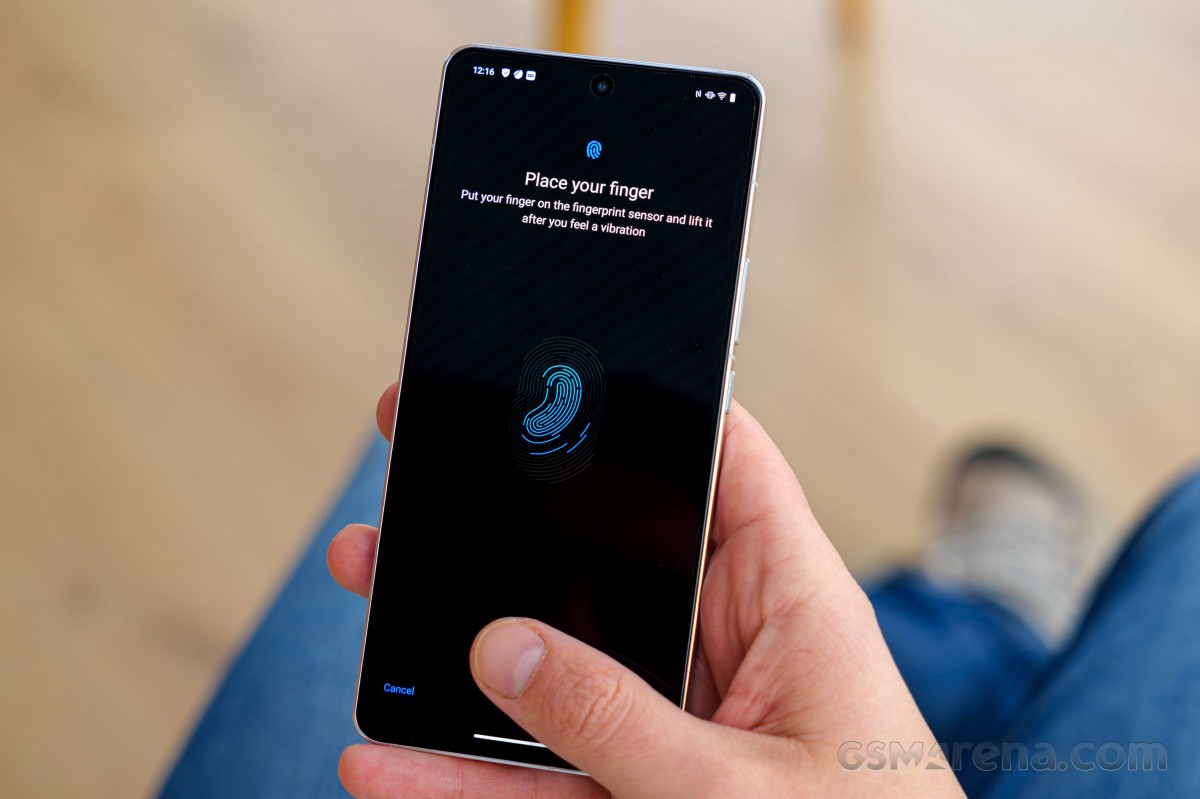
This process relies on a light-sensitive microchip, typically either a Charged Coupled Device (CCD) or a metal-oxide semiconductor (CMOS), which detects the unique patterns of ridges and valleys on the fingerprint. As these patterns reflect light differently, the scanner translates them into binary chains of 1s and 0s, creating a distinct digital key for each user.
Optical fingerprint scanners offer a blend of accuracy, reliability, and simplicity, making them popular for various applications, from security systems to personal devices. However, they have their limitations, notably susceptibility to spoofing.
With the right expertise, it's possible to create fake fingerprints that can deceive some scanners, as famously demonstrated by Jamie Hyneman and Adam Savage on MythBusters. Additionally, dirt, moisture, or oil on either the finger or scanner surface can reduce the quality of the fingerprint scan, leading to errors in identification.
Capacitive Fingerprint Sensor
Although capacitive fingerprint scanning has been present in phones for some time, it gained significant attention with the introduction of the iPhone 5S. The scanner's surface consists of a conductive material, such as copper or indium tin oxide, which is linked to capacitive circuits located beneath it.
When a finger presses against the sensor, the ridges and valleys impact the capacitor differently due to varying contact levels with the sensor. The sensor precisely detects this variation in electrical charge storage, resulting in an accurate fingerprint image.
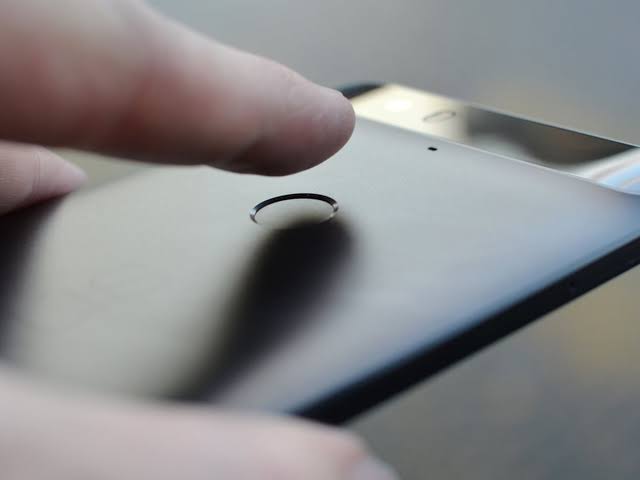
The compact design of capacitive sensors makes them well-suited for smartphones and laptops. They offer improved security compared to optical sensors, as they are less susceptible to spoofing. Additionally, these scanners feature movement detection capabilities.
This enables functions such as soft button activation, force-sensing capabilities, and interactive user interface elements. However, their sensitivity to the condition of the skin, whether it's too dry or too moist, affects electrical conductivity and, consequently, the scan quality.
Ultrasonic Finger Print Sensor
Ultrasonic sensors are the latest addition to fingerprint scanning technology, bringing a touch of premium innovation. Although this ultrasonic technology comes at a higher cost, it's leading the way for advanced in-display scanning methods. Operating similarly to ultrasonography, these sensors emit ultrasonic pulses to the finger, which are sound waves beyond the audible range of humans.
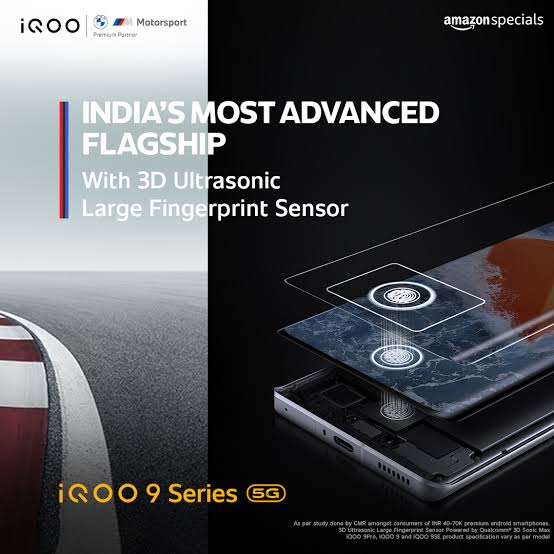
The unique densities of the fingerprint's ridges and valleys cause varied echo intensities upon contact with these pulses. The sensor then translates these echo variations into a comprehensive 3D fingerprint map.
Ultrasonic sensors enhance fingerprint scanning by providing a 3D perspective, unlike the 2D representations offered by optical and capacitive sensors. This dimensional depth gives ultrasonic sensors greater accuracy and improved defense against spoofing attempts.
Unlike previous technologies, ultrasonic sensors can penetrate surface contaminants like dirt, oil, and moisture, ensuring accurate scans regardless of conditions. However, the novelty of ultrasonic sensors comes with a higher price tag and slower capture speeds compared to optical and capacitive varieties.
Softwares Behind Fingerprint sensors
Fingerprint scanners are further differentiated by their software and supplementary components, which impact consumer experience and functionality. Fingerprint identification algorithms vary across manufacturers, leading to differences in speed and accuracy.
A crucial component is the dedicated Integrated Circuit (IC) responsible for processing scanned data. Utilizing algorithms, this IC identifies distinct fingerprint features like arches, loops, and whorls, enhancing speed and handling of partial prints or smudges. This streamlined process reduces processing power requirements and enhances reliability.
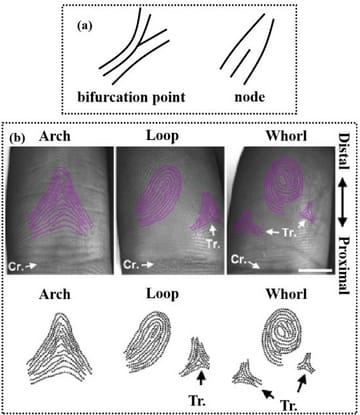
Optical scanners boast impressive speed and can be seamlessly integrated under display screens, but they are vulnerable to manipulation. Capacitive readers, equally swift and more secure, lack the concealment capability under screens. Ultrasonic scanners offer a balanced solution, with decent operational speed, superior security, and the ability to function beneath glass, albeit at a high cost.
In the current landscape of fingerprint scanning technology, users must weigh the trade-offs between these attributes. However, future advancements may introduce unexpected innovations. In the meantime, it's prudent to register your fingerprint, choose a robust password, and leverage the best available technology.
I've tried to cover as much as possible about fingerprint sensors, but there are many exciting innovations on the horizon. Let's stay tuned for what the future holds!
PC: Google
Signing Off
Your Superb Qool Quester 😎
Best Reviewer Of The Year 2023
@iQOO Connect Community
Please sign in
Login and share
